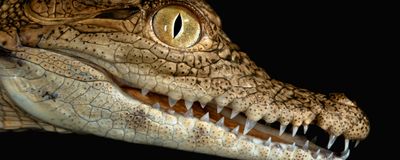mechanical force
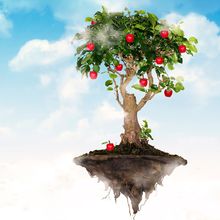
Apples Lay the Foundation for Regenerating Bone
Iris Kulbatski, PhD | May 9, 2022 | 4 min read
Researchers use innovative plant-based biomaterials to grow new bone for restoring depleted bone mass after space travel.
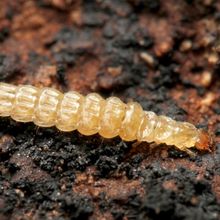
Leaping Larvae Intrigue Scientists
Chloe Tenn | Jan 20, 2022 | 6 min read
The Scientist spoke with entomologist Matt Bertone about the characteristics of Laemophloeus biguttatus larvae jumps—a previously unreported behavior in this group of beetles.
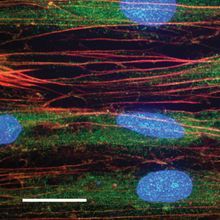
Mechanosensory Protein Helps Tendons Stiffen After Exercise
Catherine Offord | Sep 1, 2021 | 2 min read
Researchers identify a role for PIEZO1 in tendon adaptation, and show that people with certain versions of the Piezo1 gene tend to be better jumpers.
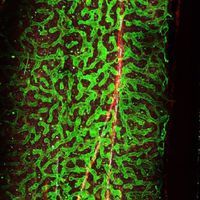
Impact of Running Reaches Marrow to Spark Bone Growth in Mice
Emma Yasinski | Mar 2, 2021 | 3 min read
A study offers a new explanation for how exercise strengthens bones and the immune system.
